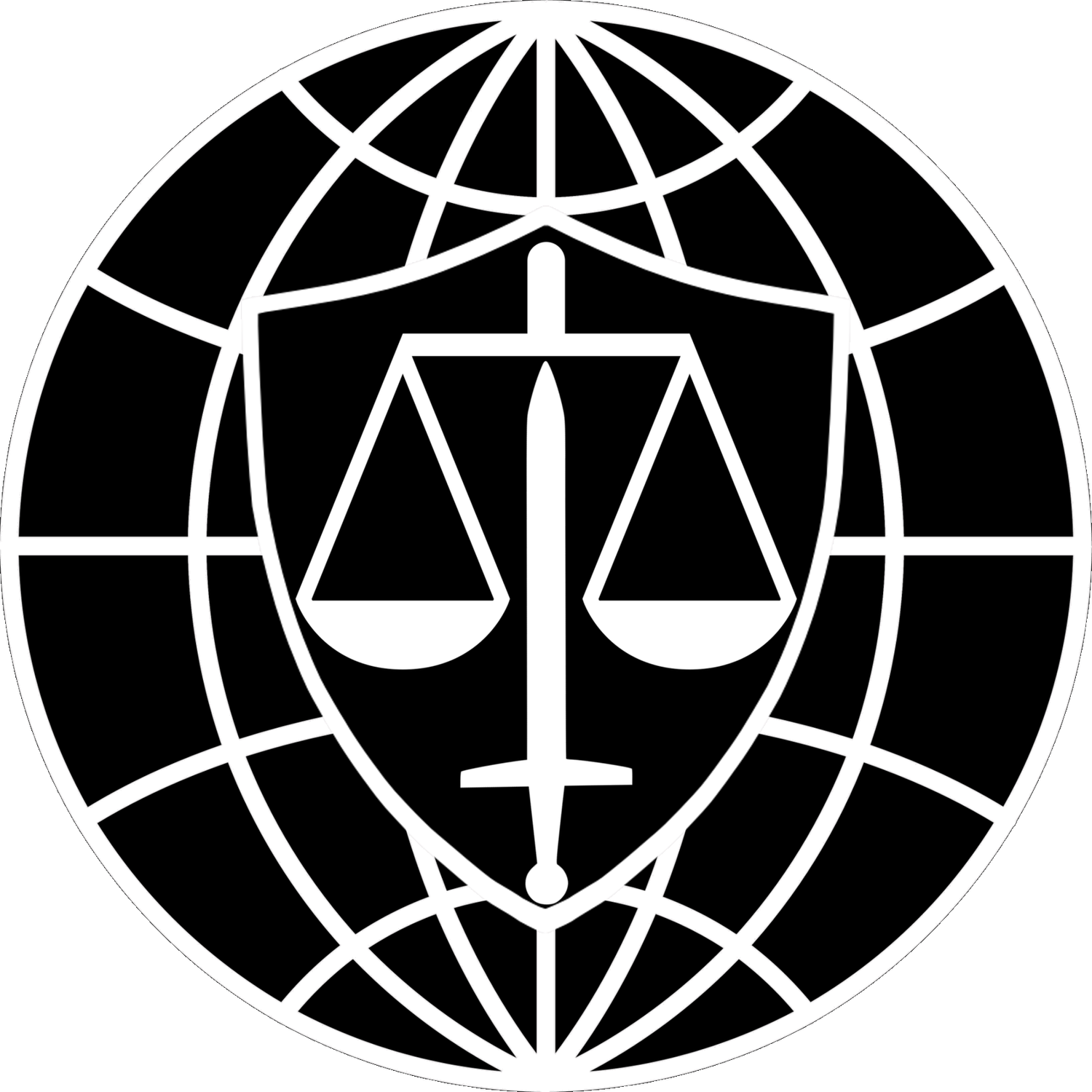The Family Unity Exception to the Circumvention of Lawful Pathways Rule
Date of Information: 02/03/2025
Please check back soon as this page is actively under development.
The Circumvention of Lawful Pathways Rule Generally
In response to a proclamation by President Biden, the Department of Homeland Security (“DHS”) and Department of Justice (“DOJ”) promulgated the so-called “circumvention of lawful pathways” (hereinafter “CLP”) rule, effective May 11, 2023. The rule created a presumption against asylum eligibility for many aliens entering the United States through the Southwestern Border (“SWB”). Please refer to CIL’s Guide to the CLP rule for more information on the general requirements.
The Family Unity Exception to the CLP Rule
There is an exception for people who win withholding of removal after being barred from asylum. Typically, an asylee can petition for derivative asylum status for their spouse and children, whereas withholding of removal does not provide derivative status. For more information on the distinctions and similarities between asylum and withholding of removal, see the CIL research guide on Withholding of Removal.
The family reunification exception allows those who were denied asylum under the CLP rule—but who successfully obtained withholding of removal—to obtain asylum despite the denial. The award of aslyum then lets the applicant petition for derivative asylum status for their spouse and children. The elements of the relief are as follows:
They were granted withholding of removal;
They would have been eligible for asylum if not for the lawful pathways asylum ban; and
They have a spouse or child accompanying them who is not independently eligible for asylum or other protection from removal, or have a spouse or child abroad who they could petition to bring to the United States.
Authority for the Family Unity Exception
The family unity exception to the CLP rule is codified at 8 C.F.R. § 1208.33(c), which states:
In removal proceedings under section 240 of the Act, where a principal asylum applicant is eligible for withholding of removal under section 241(b)(3) of the Act or withholding of removal under § 1208.16(c)(2) and would be granted asylum but for the presumption in paragraph (a)(1) of this section, and where an accompanying spouse or child as defined in section 208(b)(3)(A) of the Act does not independently qualify for asylum or other protection from removal or the principal asylum applicant has a spouse or child who would be eligible to follow to join that applicant as described in section 208(b)(3)(A) of the Act, the presumption shall be deemed rebutted as an exceptionally compelling circumstance in accordance with paragraph (a)(3) of this section.
In effect, the family unity exception at 8 C.F.R. § 1208.33(c) creates a fourth explicit criterion for rebutting the presumption against eligibility for asylum besides the three outlined in 8 C.F.R. § 1208.33(a)(3)(i). Incorporating the family unity exception into the flowchart from CIL’s research guide on the CLP rule, the decision analysis is as follows:



